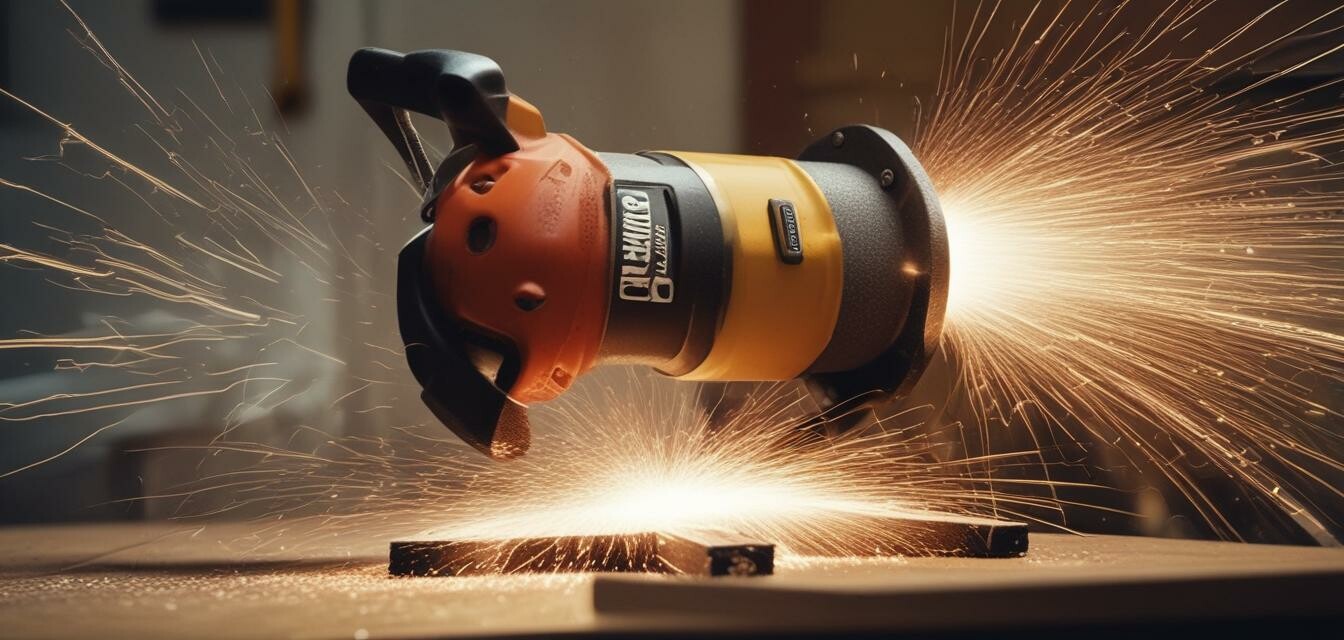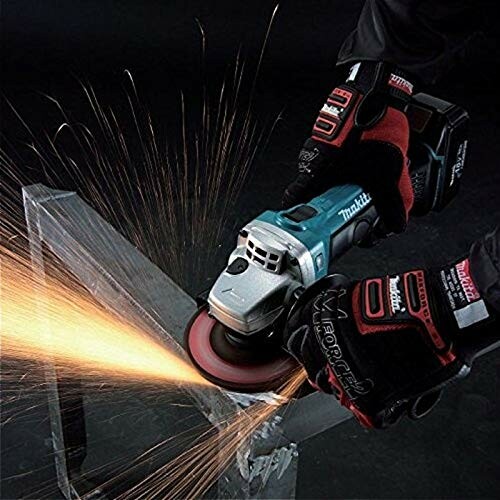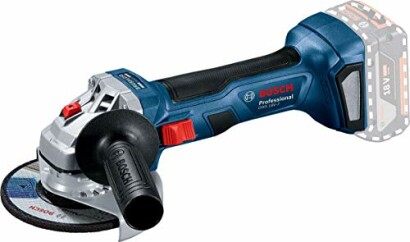
How to Safely Operate Your Angle Grinder
Key Takeaways
- Always wear proper safety gear including goggles and gloves.
- Ensure the work area is clear of flammable materials.
- Regularly inspect your angle grinder for any damages.
- Understand the type of disc or wheel you should use for specific tasks.
- Always follow manufacturer instructions for safe operation.
Angle grinders are versatile tools that can be used for various applications, such as grinding, cutting, and polishing. However, with great power comes great responsibility. Knowing how to operate your angle grinder safely is key to successful and injury-free work. In this guide, we’ll explore essential safety practices and operational tips for using angle grinders effectively.
Understanding Your Angle Grinder
Before diving into safety practices, it's crucial to understand the anatomy of an angle grinder. These tools typically consist of:
- Motor
- Protective guard
- Disc or wheel
- Safety switch
- Auxiliary handle
Types of Angle Grinders
| Type | Power Source | Best For |
|---|---|---|
| Corded Angle Grinder | Electric | Heavy-duty tasks |
| Cordless Angle Grinder | Battery | Portability and convenience |
Essential Safety Gear
Before operating your angle grinder, it's important to equip yourself with the following safety gear:
- Safety goggles or a face shield to protect your eyes from sparks and debris.
- Gloves to keep your hands safe from cuts and abrasions.
- Ear protection to shield against loud noises.
- Dust mask if working with materials that produce fine dust.
- Steel-toed boots for foot protection.
Tips for Safe Operation
Here are some operational guidelines to ensure safety while using an angle grinder:
- Make sure to read the operator’s manual to understand the specifics of your tool.
- Inspect your angle grinder before each use for any signs of damage.
- Secure your workpiece to prevent it from moving during operation.
- Always use the right disc or wheel for your project. Each type has specific purposes and safety requirements.
- Make sure the protective guard is in place and properly adjusted before starting.
Common Mistakes to Avoid
Avoiding certain common mistakes can go a long way in ensuring your safety:
- Using a damaged disc: Always check for cracks or other damage before use.
- Ignoring safety features: Don’t disable any safety switches or guards.
- Working in a cluttered area: Ensure your workspace is clear of unnecessary items.
- Wearing loose clothing: Prevent snagging by opting for form-fitting attire.
Understanding Discs and Wheels
Choosing the right disc for your angle grinder is essential for both efficiency and safety. Below is a comparison of some common types:
| Disc Type | Best For | Notes |
|---|---|---|
| Grinding Disc | Metal and concrete | Removes material quickly |
| Cutting Disc | Metal and ceramic | Requires steady pressure |
| Polishing Disc | Finishing touches | Provides a smooth finish |
Product Recommendations
When it comes to choosing a reliable angle grinder, we recommend:
Makita DGA504Z 18V Li-ion LXT Brushless Angle Grinder
Designed for heavy-duty grinding, this Makita grinder features automatic torque drive technology for consistent power and safety features for worry-free operation.
Learn MoreBosch Professional 18V System GWS 18V-7 Cordless Angle Grinder
This lightweight and ergonomic Bosch grinder offers outstanding performance, making it perfect for cutting metal, tiles, or bricks.
Learn MoreConclusion
Operating an angle grinder safely requires a combination of proper knowledge, prerequisites, and safety gear. By adhering to the practices outlined in this guide, you can ensure a safer work environment and achieve the best results with your angle grinder. To further enhance your skills, check out our How-To Guides for more tips on working with portable power tools.
Further Reading
If you want to delve deeper into the world of portable power tools, consider these resources:


